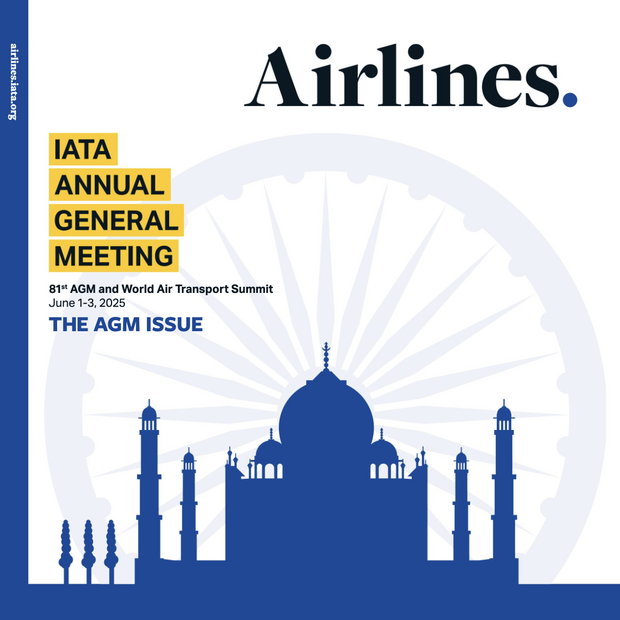Happy New Year and thank you for the invitation to speak to you today. I only wish it was in happier times and that I could be there to interact in person.
I certainly don’t need to tell you—the leaders of the global tourism sector—how difficult the COVID-19 situation is. But I do need to emphasize that this terrible situation is not improving. Even the weak recovery in passenger markets stalled in November. Over the year-end we saw many governments increase travel restrictions. It is good that more governments see a role for testing in this crisis. But it is completely frustrating that testing is coming on top of quarantine measures. A recovery needs testing to replace quarantine measures.
We will not be able to eliminate the risk of COVID-19 in any foreseeable timeline. So we must learn to manage the risk of COVID-19 so that we can safely resume more normal lives and activities—including travel.
For travel and tourism testing is the immediate solution to re-open borders. And eventually that will transition to vaccine requirements. For both we need a globally accepted means to verify that people have accurate tests or genuine vaccines.
That’s a huge task. This means:
- Keeping track of entry requirements as well as accredited testing laboratories and making them available to all
- Having systems to securely manage, verify and share test results or vaccine status
- Linking test results, individual identity and travel processes so that we have a solution that is manageable for airlines/authorities and convenient for travelers.
IATA is promoting a solution known as the IATA Travel Pass. Others are developing their own solutions. We do not see this as a competition. Our aim is to ensure that travelers, governments, and the industry have access to reliable, cost effective, easy to use, efficient, interoperable and secure systems.
IATA Travel Pass is being developed as four independent modules
- A registry of entry requirements
- A registry of labs, test centers or vaccination providers
- A means for passengers to securely upload test or vaccination certificates on their phones and share them when appropriate, and
- A digital identity to verify the owner of the certificate.
The entry requirement registry is already in use. All four modules will be ready by the end of March. These modules can work together as one complete end-to-end solution. Or they can be used separately to complement systems that are others are building. Our approach in developing these modules is to ensure they are interoperable with other industry solutions. We have done this in two ways:
- The basic features of IATA travel pass are being built to comply with defined global standards, where they exist
- And where standards are not already in place, we will publish the interfaces and open them up for use by third parties.
I will illustrate this with three examples:
- Identification verification is based on ICAO standards for digital travel credentials and W3C standards are used for the exchange of verifiable credential data
- The entry requirements will use IATA’s TIMATIC which has been used by the industry for decades and which easily integrated with airline and airport IT systems
- Lastly, the output of the WHOs initiative to digitize health certificates will be a key element of the App. And, I should add, that this work needs to be accelerated.
Interoperability is not just about what we build. It also depends on what governments will accept. Too often governments choose to go their own way rather than adopt established global standards. We cannot afford the delays and complexities that this will bring.
We are committed to building a modular travel pass whose functions will work cost-effectively with other solutions. And we need governments to be committed to accepting the global standards that will make this possible.

